Recently a few articles were published on the authorities in Baku building up military forces in the province, or how it is officially known, the Autonomous Republic of Nakhichevan. This region of Azerbaijan, which is also the stronghold of current President Ilham Aliyev’s Nakhichevani elite, borders Armenia to the southwest and remains highly militarised, although it has not been the scene of serious border skirmishes as seen in Nagorno Karabakh and the region of Tovuz(Azerbaijan).
Nonetheless, it remains a strategic base for Azerbaijan to launch an attack on Armenia’s capital and cut-off the main road leading to Nagorno Karabakh, both of which would have to be done through the narrow plateau in the north. The rest of the province bordering Armenia is surrounded by almost inaccessible mountains, most of which reach more than 2.000 metres in altitude above sea level (while a section of the border of about 35 km reaches heights of more than 3.000 metres) . With almost no important Armenian military targets along the border(Syunik and Vayots Dzor provinces of Armenia) and terrain that makes for almost impossible transit large troop formations, let alone military vehicles, the only possible point for a military incursion is 6,5 km plateau with farmland on both sides of the border in the north of Nakhichevan and southwestern Armenia. A surprise land attack through this small gap would be thwarted by Armenian forces as it remains under constant surveillance and just as important for Armenia, as it is for Azerbaijan.
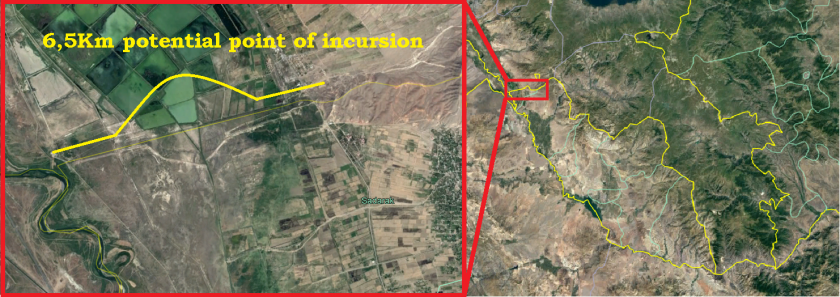
Likewise, a small gorge on the border near the village of Areni is also a potential incursion point, as it could cut off the Yerevan-Stepanakert highway, however, besides that advantage, no other infrastructures of military or civilian importance exist in the area. Such an incursion would carry the need for transport vehicles as the entry would have to be done through the reservoir straddled between high mountains. Heavy armoured vehicles would not be able to cross the waters undetected, thus the potential for a surprise attack on Armenian forces with full military power remains very low. The high mountains surrounding the point of entry near Areni village provide Armenian forces with excellent visibility and defence positions.
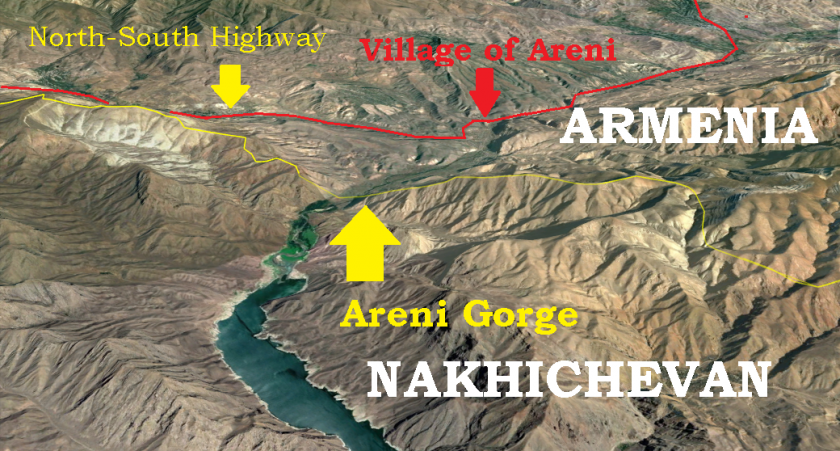
The rest of the shared border between Nakhichevan and Armenia consists of an extended mountain range with peaks reaching heights of more than 3.500 metres. The border on both sides is closely guarded by military outposts, some of which dig into the internationally recognised border between the two, a result of the cross border skirmishes of the early 1990’s. With the aforementioned, the military build-up by Azeri forces in Nakhichevan consists mainly of missile systems and mobile special forces units: Missile systems, because it is the closest point to Armenia’s capital and the easiest way to attack with minimal losses, and mobile special forces units to be able to cross into the mountains into Armenia with minimal logistical and transport assistance.
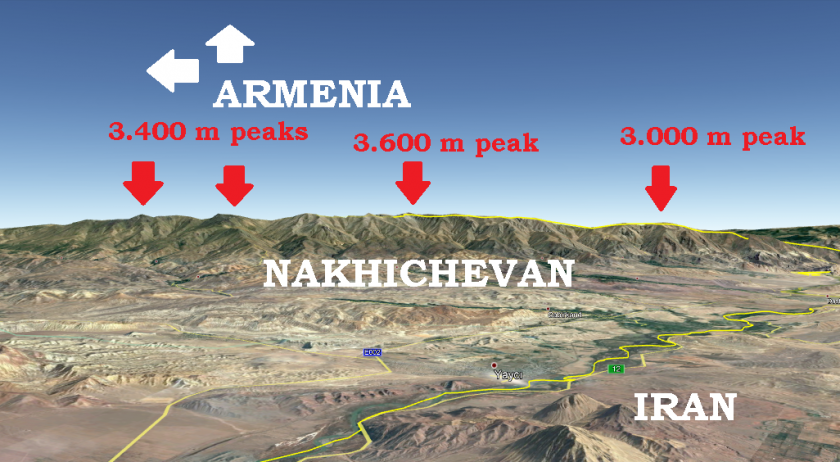
Azeri forces in Nakhichevan have received aide from Turkey’s military on numerous occasions, who conduct annual military exercises together fruit of a strategic pact signed by the two. Turkey has also provided Azerbaijan with offensive missile systems such as the T-122 Sakarya and T-300 Kasirga, and alongside Russias Smerch missiles, all are present in Nakhichevan. According to official statistics, around 20.000 troops are stationed in Nakhichevan, along with more than 350 armoured vehicles, air defence systems and other military vehicles. Baku has sought to strengthen its forces in Nakhichevan, who rely heavily on Turkish training and assistance.
Turkish-produced T-300 and T-122 Missile Systems in Nakhichevan

Recently, several articles produced on the subject, as interesting as they were, lacked the technical details which would make an Azeri attack from Nakhichevan on Armenia an almost improbable move. Such an attack would need to be followed by a land invasion with full military forces through the 6,5 km stretch of border to the north, as well as securing the mountainous borders with Armenia, something that is clearly a last-resort move. Armenia’s Armed Forces have proved themselves in mountain warfare, using irregular (guerrilla) tactics against Azeri forces in the first Karabakh war, something which remains a integral part of the Armenian military. The build-up of forces in Nakhichevan, aided by Turkey points to it being a balance of forces in the region, 200 km to the north of the Nakhichevani-Armenian border lies Russia’s biggest military base outside of its borders, in Gyumri, housing almost 5.000 troops. An invasion of Armenia from Nakhichevan remains quite improbable, as it would mean an all-out war between Armenia and Azerbaijan, which would draw in Turkey, Russia, the United States, Iran, Israel, Georgia, Pakistan, the EU, as well as non-state actors such as Jihadist forces from the Middle East, or volunteers from the Armenian Diaspora, besides possible lighting ablaze latent ethnic conflicts in Azerbaijan proper in areas populated by Lezgins, Talysh, and Avars. Such a scenario remains a fairy-tale, and larger actors such as Moscow and Washington will continue to play major roles controlling the conflict, each according to its own national interests.

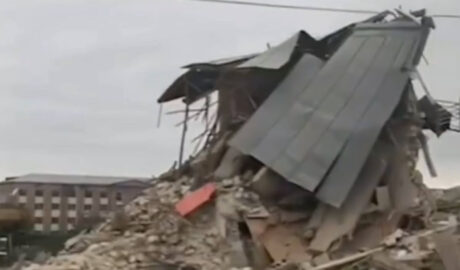
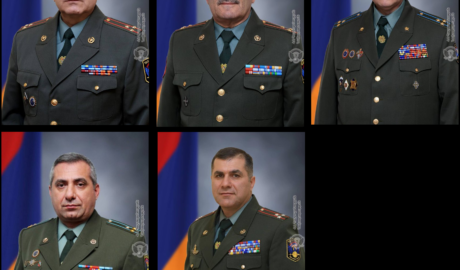
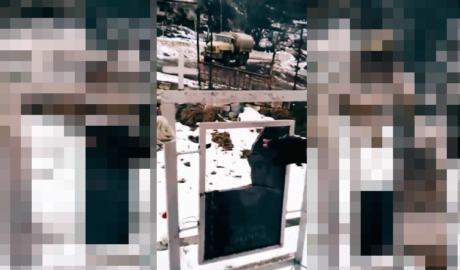
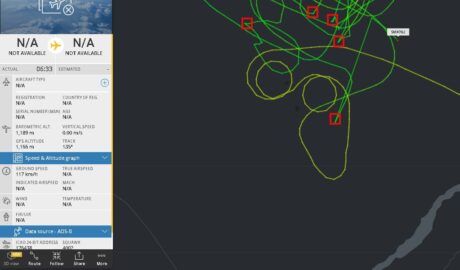
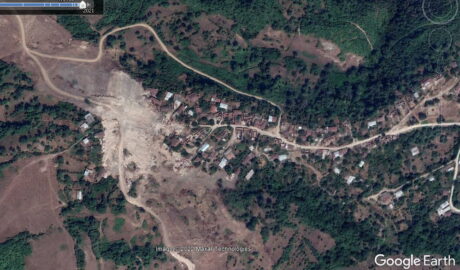
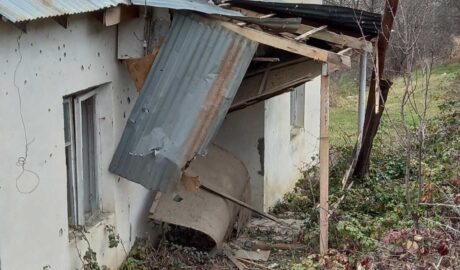
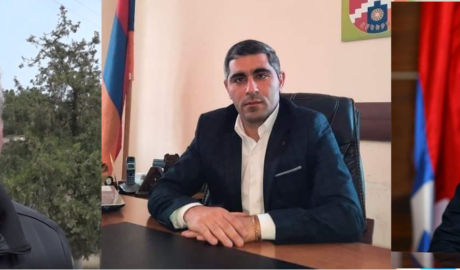
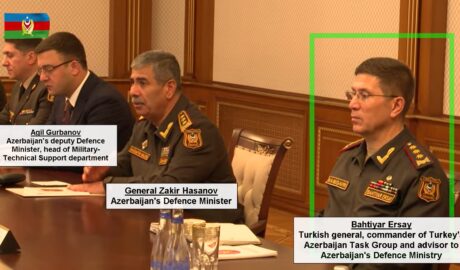
Comments are closed, but trackbacks and pingbacks are open.